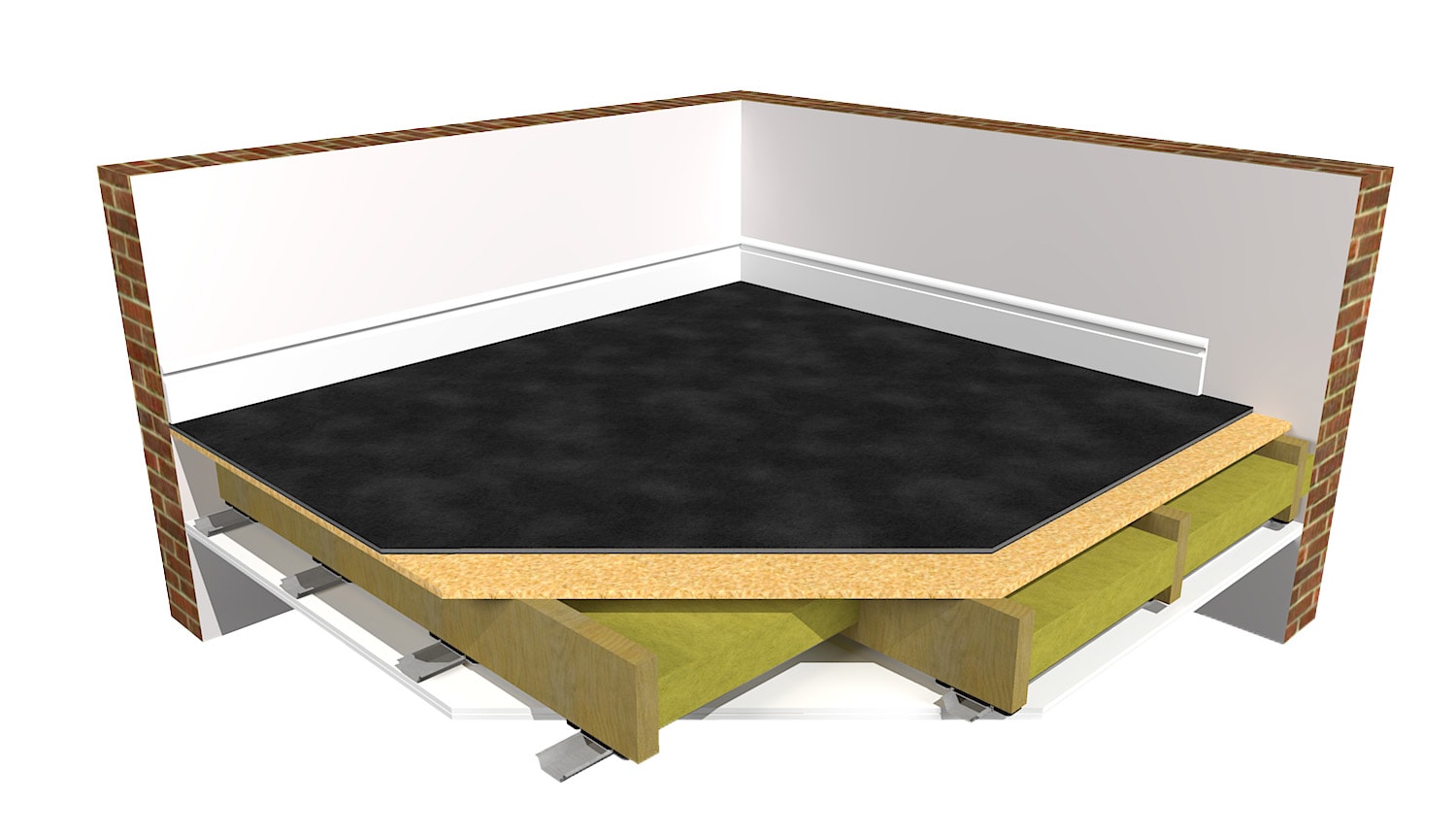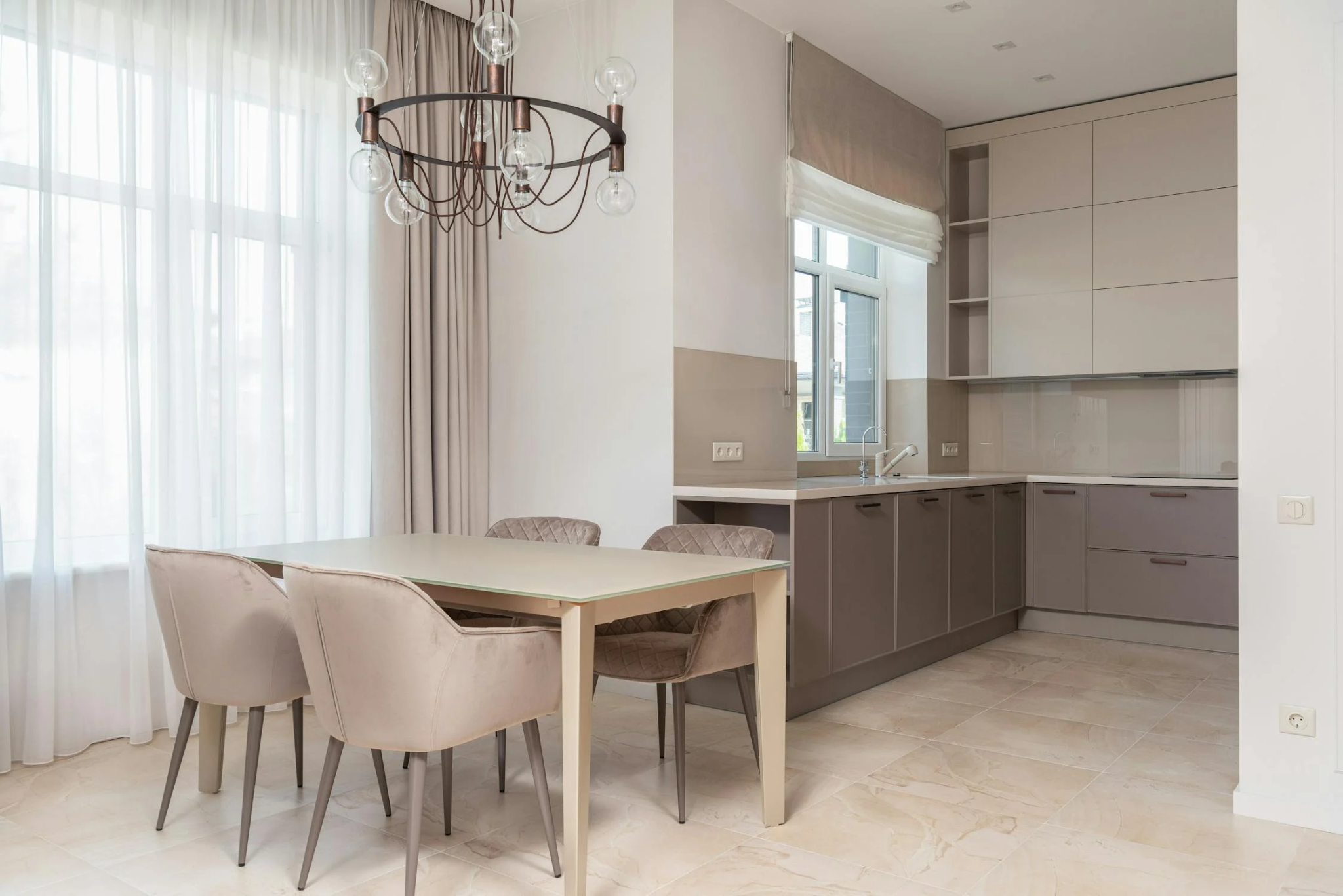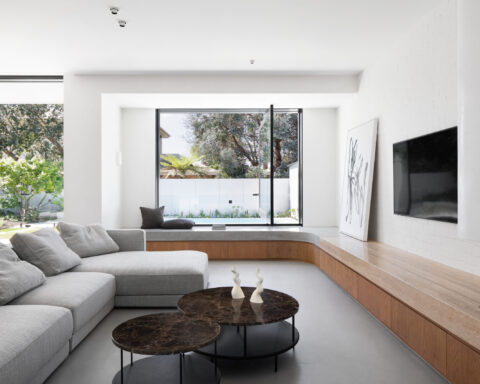Large buildings with multiple offices or residences may require soundproofing materials to reduce noise. Excessive noise can be disruptive, but a sound mat is one solution for a quiet environment. Here’s more information and application options for these mats:
What Is a Sound Mat?
Sound mats come in different thicknesses and are engineered to limit the impact of sound transmission. Multi-family construction projects use the mats to meet noise regulations for a structure. A sound mat will help absorb some noise that transfers from one story level to another. It achieves this by creating a barrier against noise penetration and lowering the volume of airborne and structure-borne sounds. Thicker mats tend to offer the most noise deflection, but the results will depend on the other structures and materials in the building. These mats offer floor protection by shielding the surface from damage and wear.
Why Do Buildings Need Noise Control?
Structure-borne sound, or impact noise, has sound waves that travel through solid material before it reaches us. Amplitude is the perceived loudness of a sound, and decibel (dB) is the unit of measure. Human voices register about 55 dB, but large parties can reach up to 80 dB. Anything over these ranges can be categorised as disturbing in a residential or work setting, especially with long periods of exposure. Sound control is necessary in buildings with multiple families or employees to avoid transferring numerous noises. Understanding how sound moves through different sources, such as solid material, water, and air, helps reduce dB levels in buildings. Builders can then apply sound mitigation measures that fit the architecture and use of a specific structure. One way to manage noise is through sound absorption products like a mat.
How Are Sounds Mats Installed?
To install a sound mitigation mat system, start with a dry surface free from debris, mold, or mildew. You can cut the mat to any size necessary, making sure it fits securely. Adhere the mat to the floor with the adhesive method recommended for the particular mat you’ve purchased. Tape, glue, or mechanical fasteners are generally the most common. The mat should be sealed along the edges or seams to avoid gaps. Replace areas that may have been torn or damaged during installation. The general method for floor installation is to lay down a sound mat over plywood, then pour a layer of Gypcrete (gypsum, sand, and cement blend) over the mat to reduce sound and meet building compliance requirements.
Where Are Mats Used?
Installing mats designed for sound reduction creates a quieter space for employees and families in large buildings. Several sizes and options are available, and the most effective mat will depend on the building design and usage of the space. These mats can be installed in walls, ceilings, or floors. Wall installation is beneficial in open office layouts or large spaces where privacy and quiet are needed, such as libraries or classrooms. Floor installations provide additional support by helping maintain indoor climate controls with the additional layer of floor covering. Ceiling applications assist with additional noise control and are beneficial in recording studios, restaurants, and hotels where privacy is a top priority. Some buildings may use sound mats in all three locations to mitigate noise pollution as much as possible.
Get Quality Sound Mats Today
Building code requirements may include soundproof materials for commercial and multi-family buildings. Through the use of sound mats, noise disturbances can be mitigated, and privacy is enhanced. Mat choices come in varying thicknesses with filaments and grooves throughout the mat to help minimise noise transfer. Reach out to a sound mat supplier today for your project.








